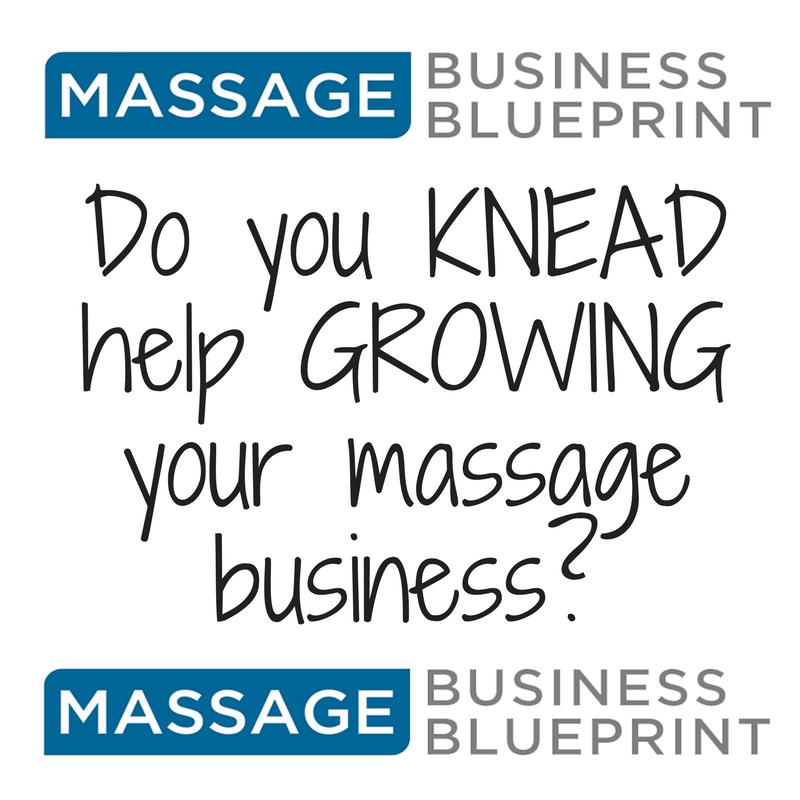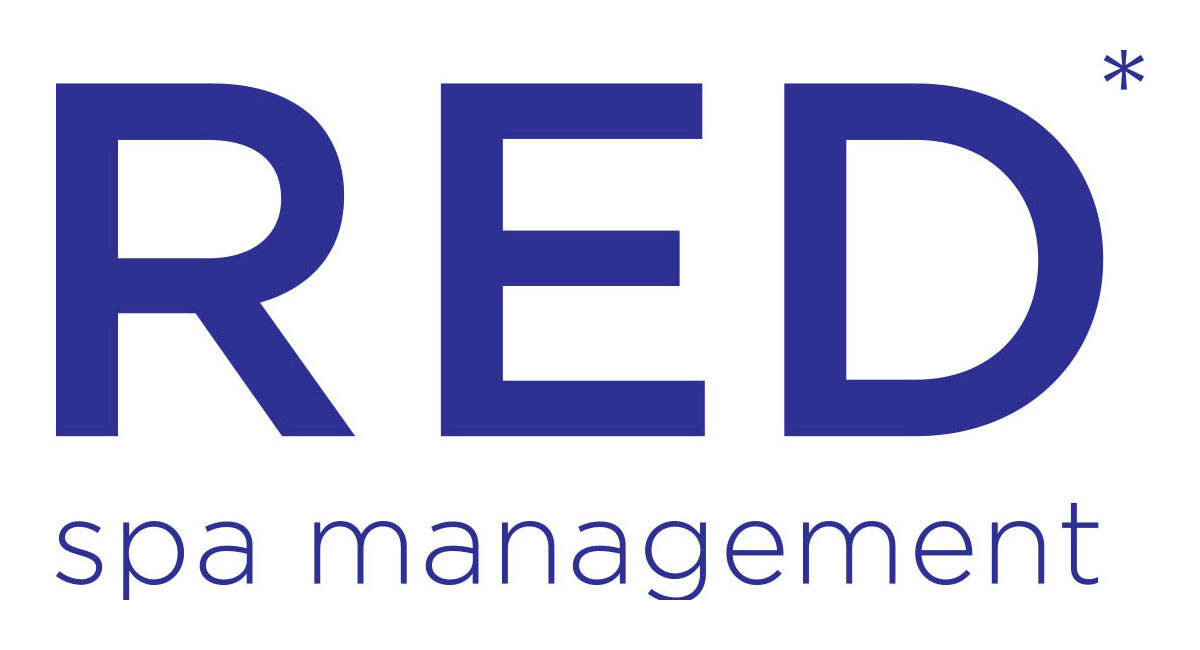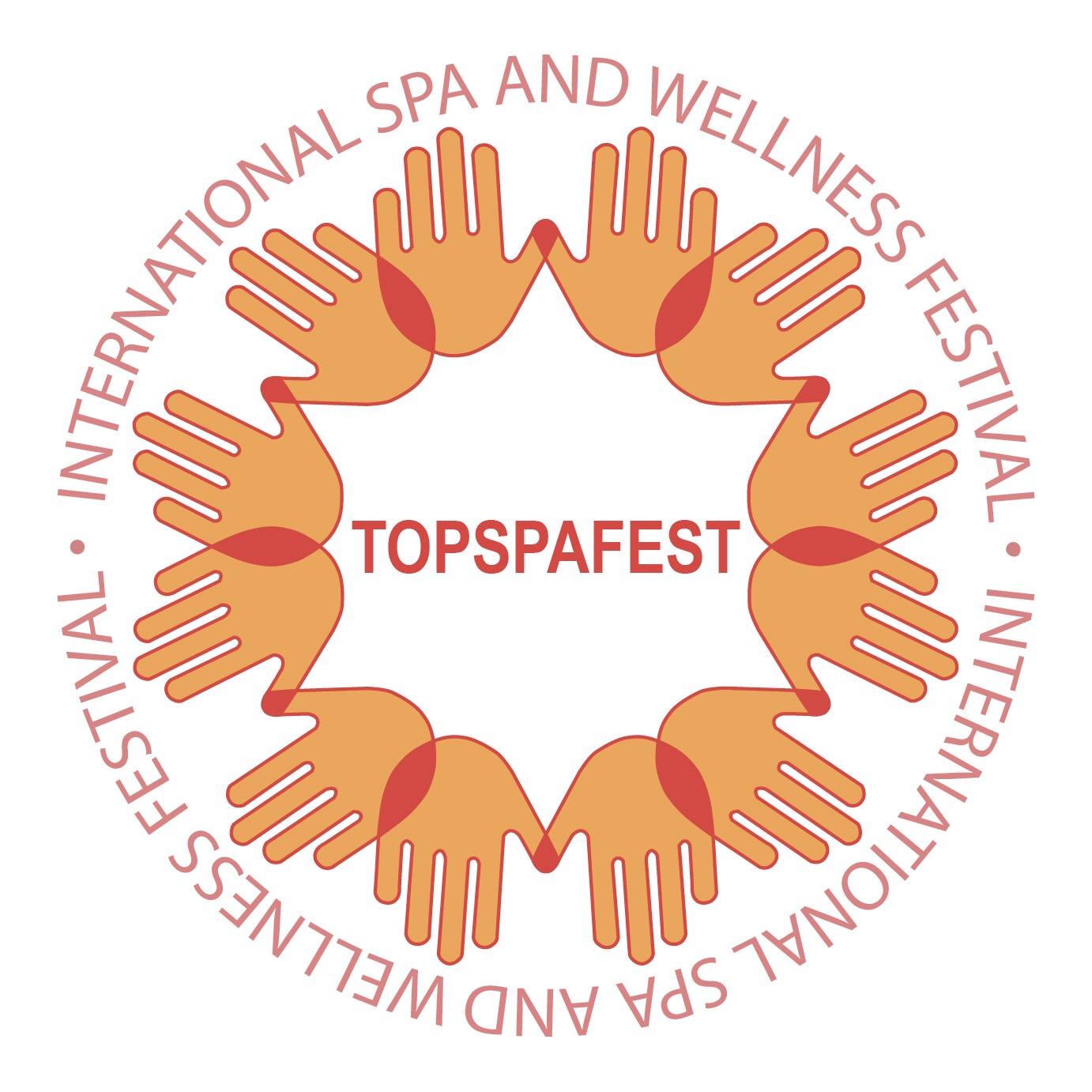
HistoryDavid Palmer popularized chair massage in the 1980’s and he invented the first massage chair to be sold on the market. Chair massage has been around a lot longer than that, and it will begin to grow more in the busy world of ours. Chair massage is not the greatest term used for giving a massage in a special chair (People have told me “How do you massage a chair?”), but there are many other names used for the same thing: Corporate massage, Off-site massage or Outcall massage.
Places and Prices
Here are many places to give a chair massage: Places of their business, sporting events, at the beach, workshops, or seminars and at you place of business. Chair massage is usually used for advertising, it is cheap, and people can see and feel what you have to offer. Some massage therapists will give a free 5-minute massage in front of their clinic (If you have walk by traffic) to bring in business, others will charge $1 a minute and others will have a minimum of 10-15 minutes and charge $10-$15 for that time the client bought. It all depends on how you want to promote yourself, if anything the prospective client will tip you for your time.
Supplies
There are many overlooked supplies that you would need. Here is a list of the obvious: Stable and light massage chair, Cleaning supplies (Spray bottle with soap and water, disposable face rest covers, Paper towels, Massage lotion and Hand sanitizer). The less obvious are: Business cards, Tip jar, Stool, Garbage can or garbage bag, Music and CD’s, Place to store your supplies, Sternum pad or pillow, Name tag or shirt with your logo on it, Your appointment book, Pencil or pen, Water bottle for yourself and the list could go on. You do not necessarily need to bring all of the above, just be aware of the things that you could bring and what type of situation you could deal with.
Cleaning
Never underestimate the power of a good clean chair, this day and age more people are worried about germs. You would need to spend at least 30-60 seconds cleaning the chair (Have you ever been to a restaurant where the server cleaned off the table just before you sit down and they just wipe it once with a dirty rag). Spray the all the padded part of the chair (Some therapists only spray the face rest “Yuck”) and wipe it all off and do not let the client get on the chair until all areas are dry. Some people use a diluted solution of 10% Bleach and 90% Water, the only problem with that is the bleach smell and if there is any wet spots on the chair is could discolor the clients clothes. Hand sanitizer is good in a pinch to clean your hands in between giving massages, but you still need to wash your hands every 3-4 clients. Another favorite cleaning supply for massage therapists is wet wipes (Stronger than the baby wipes), but most use the old fashion spray bottle.
Consultation
Some Massage Therapists do not realize how important the consultation is, it is the time where you find out what precautions you should take with them. In general, the health formis not as in depth as your typical form at your place of business, but you still need to know as much about the client as you can. Even an “Informed Consent” is better than not having anything.
On the chair
Some clients will tell you they know how to get on the chair, but still stand right beside them in case they have problems. Geriatric and people with disabilities usually need extra assistance (But never assume they cannot get on and proceed to help them without asking their permission). In some cases, using a chair is not feasible and it would be better if you had regular chair around so they can still receive a massage. If you have a desk or a table around you can have them sit in a regular chair, then lean against the table, and hug a pillow. There is a desk alteration you can buy, it consists of a headrest and a sternum pad, and it can be placed on the desk.
Where to massage
It’s important to ask the client where they would like to be massaged, the time is usually limiting and you need to satisfy the client in a short amount of time. Always ask if they would like their scalp massaged, because some people need to go back to work and they would prefer you not to mess up their hair. The clients back is the main area to concentrate on, but make sure you give them options on other areas. The whole body can be massaged while sitting on the chair, for the anterior part of the body you need to have them sit the other way. It would be a good idea to ask how much time on each part of the body they want massaged (10-minutes back, 5 minutes for the arms…). Other clients will just say massage where ever and then you can massage the client with your routine.
How to massage
One of the best ways of not being scared of chair massage is to imagine the client without their clothes and perform the techniques that you perform on the table, on the chair. There is not a lot of difference with the chair; you can even perform effleurage (Make sure the clients shirt does not go up their back, so go inferior with the glide or hold the shirt down and massage superior). Petrissage can be preformed but at a slower pace and Friction can be used (Move with the shirt, when performing deeper pressure). Vibration and Tapotement are the easiest of the main five techniques. If the client would prefer his or her feet massaged in the chair, turn him or her around and place their calf on your quad for a better angle (Ask permission first). The face can be massaged when the client is sitting the opposite way, just adjust the head rest for them to rest their head on and if possible unvelcro the head rest and
turn it upside down so the thicker part is under their occipital region. Lotion or massage cream can be used for the arms (Oil is not recommended because they usually have to go somewhere afterwards and they do not have time to wash off their arm). Word of advice is to not massage the clients glutes with open fingers in public, it just does not look right. Another thing to watch out for is standing in front of the client when their face is in the headrest (They can see you pelvic region).
After the treatment
Have the client rest for a few seconds and ask them to get up slow and ask the client if he or she needs help getting off the chair. Now is the time to explain the possible side effects of massage (Drink a lot of water, you could bruise or be sore…). After you are done explaining the side effects, give the client your business card and ask them if they would like to set up an appointment. After the client has left, clean the chair and center/ ground yourself for the next client.
On-Site Chair Massage is great for the following events:
• Employee Appreciation
• Off-site Events
• Mandatory Overtime
• Secretary's Week
• Trade Shows
• Non-Cash Bonuses
• Job Promotions
• Meetings & Seminars
• Staff Appreciation
• Company Picnics
• Major Projects
• Quarter End
• Office Parties
• Health Fairs
• Graduation Night









